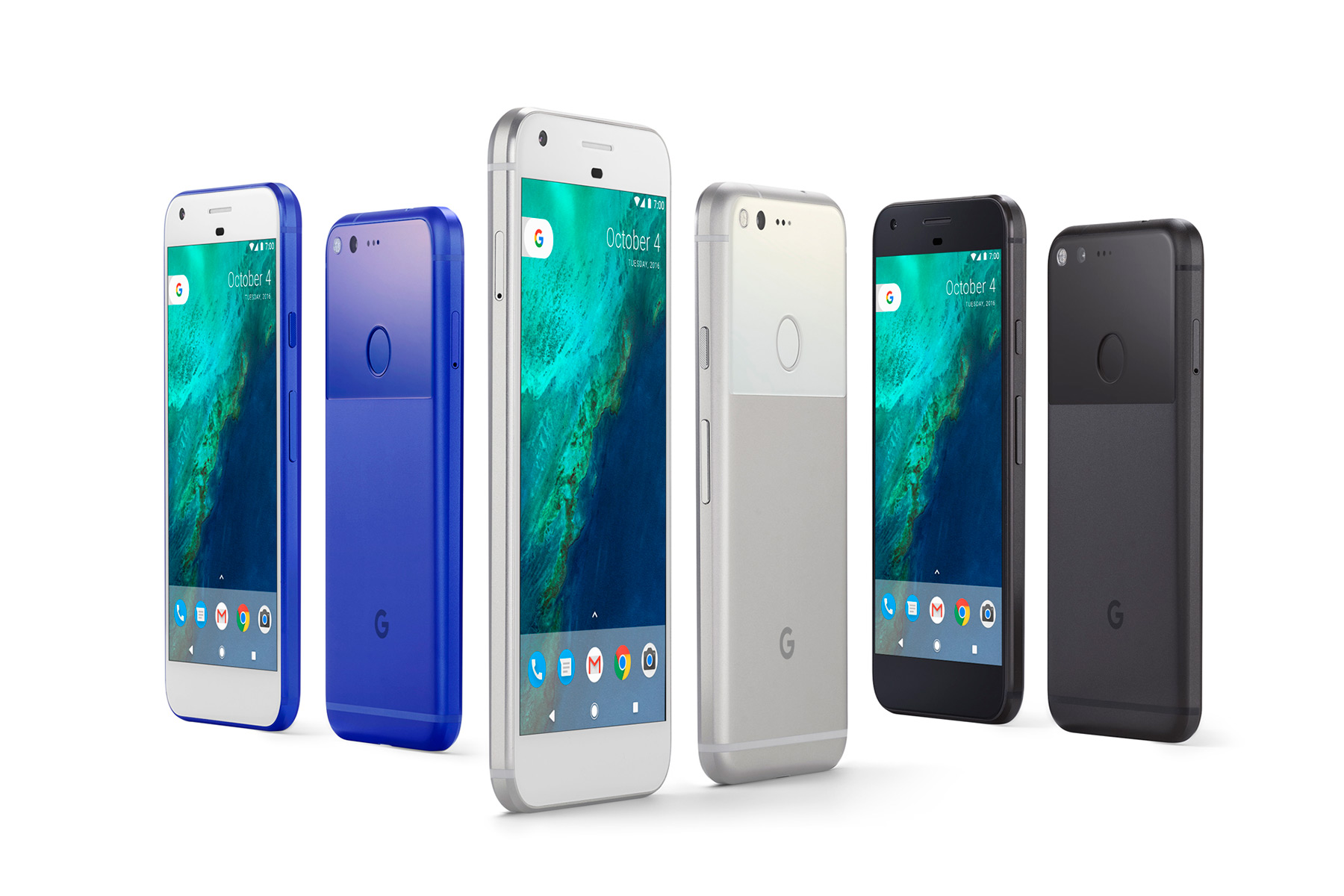Cameras
Two things immediately struck me when I walked onto the show floor at this year’s Photo Plus Expo. Nikon’s booth was all about the company’s new line of action cameras, including the one that shoots 360-degree photos and videos. Just across the way, Canon’s booth was covered in imagery of the M5, the company’s most serious attempt at making a mirrorless camera. These two companies put out fantastic flagship DSLRs in 2016 — Nikon with the D5, Canon with the 5D Mark IV — and yet here they were, showing off cameras that were decidedly not their moneymakers.
Facebook and YouTube stepped up support for spherical content in a big way
2016 wasn’t a revolutionary year for cameras, but there were signs of big changes on the horizon. The Nikon D500 showed us that there’s a better way to mix Bluetooth and Wi-Fi with Snapbridge, setting a shining example of how cameras are going to connect to our smartphones in the near future. Sony released the A6500 and the RX100 Mark V, cameras that are capable of shooting at such ludicrous speeds that they have the potential to change the way we fundamentally approach photography. Snap pivoted to being a “camera company” and released Spectacles, compelling camera glasses that are easy to use even if you don’t use Snapchat.
We also saw the release of the first reasonable 360-degree cameras for consumers. I don’t think anyone’s sure about the best places and times to use them, or when and how people want to watch 360-degree video. But Facebook and YouTube stepped up support for spherical content in a big way this year, and it looks like it could be a great bridge to virtual reality while we wait for that tech to get better, cheaper, and more accessible. In the VR space, this was the year we started to see the fruits of funky camera maker Lytro’s 2015 pivot into the space. The Lytro Cinema camera is the kind of tool that could push studios to rethink entire visual effects workflows, and Lytro’s impressive Immerge virtual reality camera made its way into the hands of filmmakers for the first time.

And then there’s our smartphones, where cameras continue to get better. Google’s took a computational approach to photography with the Pixel phones, and found a way to make them better than the competition in low light. Apple went in the other direction and added more hardware to the iPhone 7 Plus in the form of a second camera unit. These kinds of advances are helping bridge the gap between phones and “real” cameras in ways that many people never thought were possible.